Anton Pannekoek Observatory

The Anton Pannekoek Observatory, located in Amsterdam, is not a traditional public-facing observatory but rather a central pillar of astronomical research and education in the Netherlands. Named after Anton Pannekoek, a pioneering Dutch astronomer and social theorist, the institute has been a hub for scientific inquiry since its founding in 1921. It is a key part of the University of Amsterdam's Faculty of Science, where it serves as a dynamic environment for both students and researchers. While the city's light pollution makes it unsuitable for professional astronomical observation, the institute is still home to two iconic telescope domes on the roof of its building at Science Park. These are used primarily for teaching and training undergraduate students, providing them with essential hands-on experience with research-grade instruments. The real work of the Anton Pannekoek Institute for Astronomy, as it's officially known, is done through data analysis and theoretical research. The institute is at the forefront of several key areas of modern astrophysics, including the study of exoplanets, the formation of stars and galaxies, and the physics of extreme objects like black holes and neutron stars.
Amsterdam NetherlandsThe Anton Pannekoek Observatory is part of the Anton Pannekoek Institute for Astronomy, located at the Amsterdam Science Park in Amsterdam, Netherlands. It features two domes atop the Faculty of Science building, housing a 51 cm Richey-Chrétien telescope and solar telescopes. The observatory is primarily used for educational purposes, allowing students to engage in practical astronomical observations including photometry, spectroscopy, and imaging. It is situated in a modern scientific campus known for its concentration of research institutions and technology companies. The Amsterdam Science Park is well connected by public transport and offers green spaces and innovative facilities, blending cutting-edge science with a vibrant academic atmosphere. The observatory stands as a hub for both research and student learning in the heart of this dynamic environment, embodying the legacy of Anton Pannekoek, a pioneering astronomer and Marxist thinker.
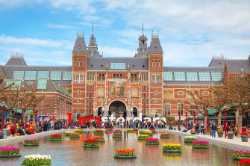 Rijksmuseum
Amsterdam
Rijksmuseum
Amsterdam
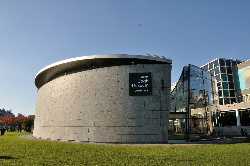 Van Gogh Museum
Amsterdam
Van Gogh Museum
Amsterdam
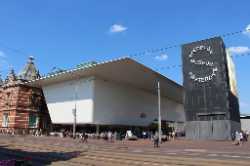 Stedelijk Museum
Amsterdam
Stedelijk Museum
Amsterdam
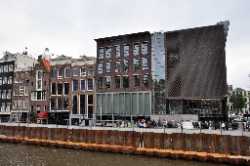 Anne Frank House
Amsterdam
Anne Frank House
Amsterdam
 Rembrandt House Museum
Amsterdam
Rembrandt House Museum
Amsterdam
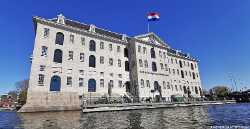 Dutch Maritime Museum
Amsterdam
Dutch Maritime Museum
Amsterdam
 STRAAT Museum
Amsterdam
STRAAT Museum
Amsterdam
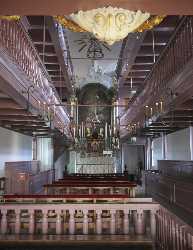 Our Lord in the Attic Museum
Amsterdam
Our Lord in the Attic Museum
Amsterdam
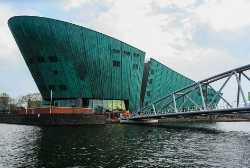 NEMO Science Museum
Amsterdam
NEMO Science Museum
Amsterdam
 Sexmuseum Amsterdam Venustempel
Amsterdam
Sexmuseum Amsterdam Venustempel
Amsterdam
 Red Light Secrets
Amsterdam
Red Light Secrets
Amsterdam
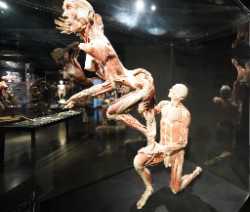 Body Worlds Amsterdam
Amsterdam
Body Worlds Amsterdam
Amsterdam
 House of Bols
Amsterdam
House of Bols
Amsterdam
 Heineken Experience
Amsterdam
Heineken Experience
Amsterdam
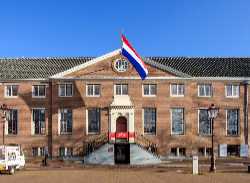 Amsterdam Museum
Amsterdam
Amsterdam Museum
Amsterdam
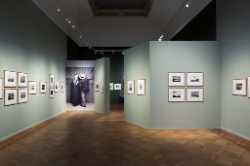 FOAM Fotografiemuseum Amsterdam
Amsterdam
FOAM Fotografiemuseum Amsterdam
Amsterdam
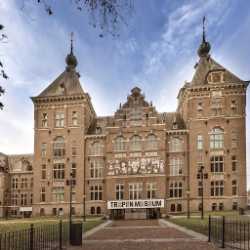 Tropenmuseum
Amsterdam
Tropenmuseum
Amsterdam
 Verzetsmuseum
Amsterdam
Verzetsmuseum
Amsterdam
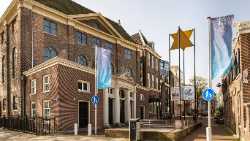 Jewish Cultural Quarter
Amsterdam
Jewish Cultural Quarter
Amsterdam
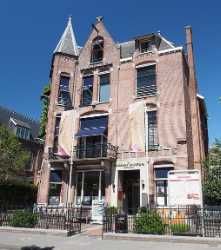 Diamond Museum Amsterdam
Amsterdam
Diamond Museum Amsterdam
Amsterdam
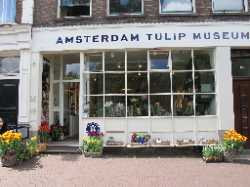 Tulip Museum
Amsterdam
Tulip Museum
Amsterdam
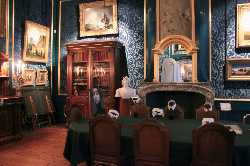 Willet-Holthuysen Museum
Amsterdam
Willet-Holthuysen Museum
Amsterdam
 Museum Van Loon
Amsterdam
Museum Van Loon
Amsterdam
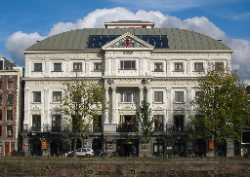 Royal Theater Carré
Amsterdam
Royal Theater Carré
Amsterdam
 DeLaMar Theater
Amsterdam
DeLaMar Theater
Amsterdam
 Internationaal Theater Amsterdam
Amsterdam
Internationaal Theater Amsterdam
Amsterdam
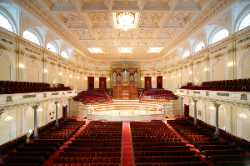 Concertgebouw
Amsterdam
Concertgebouw
Amsterdam
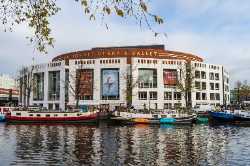 Dutch National Opera & Ballet
Amsterdam
Dutch National Opera & Ballet
Amsterdam
 Paradiso
Amsterdam
Paradiso
Amsterdam
 Melkweg
Amsterdam
Melkweg
Amsterdam
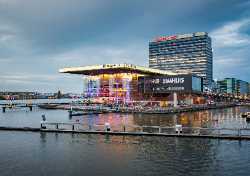 Muziekgebouw aan 't IJ
Amsterdam
Muziekgebouw aan 't IJ
Amsterdam
 Albert Cuyp Market
Amsterdam
Albert Cuyp Market
Amsterdam
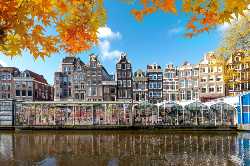 Bloemenmarkt
Amsterdam
Bloemenmarkt
Amsterdam
 Waterlooplein Flea Market
Amsterdam
Waterlooplein Flea Market
Amsterdam
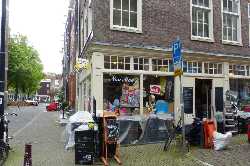 Noordermarkt
Amsterdam
Noordermarkt
Amsterdam
 Westerstraat Market
Amsterdam
Westerstraat Market
Amsterdam
 Ten Katemarkt
Amsterdam
Ten Katemarkt
Amsterdam
 Royal Palace Amsterdam
Amsterdam
Royal Palace Amsterdam
Amsterdam
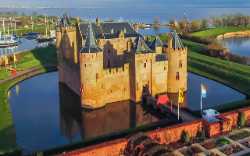 Muiderslot Castle
Amsterdam
Muiderslot Castle
Amsterdam
 Vondelpark
Amsterdam
Vondelpark
Amsterdam
 Rijksmuseum Gardens
Amsterdam
Rijksmuseum Gardens
Amsterdam
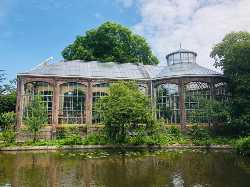 Hortus Botanicus
Amsterdam
Hortus Botanicus
Amsterdam
 Het Amsterdamse Bos
Amsterdam
Het Amsterdamse Bos
Amsterdam
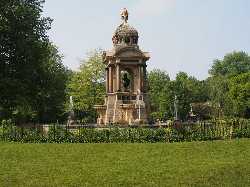 Sarphatipark
Amsterdam
Sarphatipark
Amsterdam
 Rembrandtpark
Amsterdam
Rembrandtpark
Amsterdam
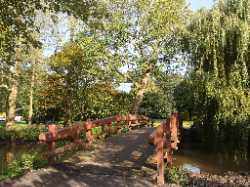 Oosterpark
Amsterdam
Oosterpark
Amsterdam
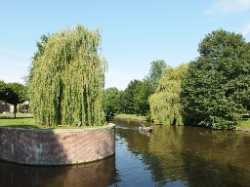 Westerpark
Amsterdam
Westerpark
Amsterdam
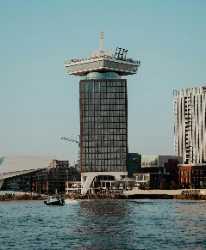 A'DAM Lookout
Amsterdam
A'DAM Lookout
Amsterdam
 Rembrandt Monument
Amsterdam
Rembrandt Monument
Amsterdam
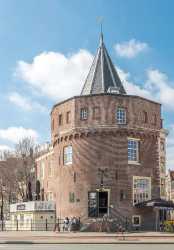 The Schreierstoren
Amsterdam
The Schreierstoren
Amsterdam
 Montelbaanstoren
Amsterdam
Montelbaanstoren
Amsterdam
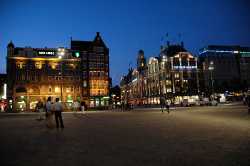 Dam Square
Amsterdam
Dam Square
Amsterdam
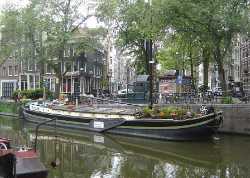 Houseboat Museum
Amsterdam
Houseboat Museum
Amsterdam
 Electric Ladyland
Amsterdam
Electric Ladyland
Amsterdam
 Xtracold Icebar
Amsterdam
Xtracold Icebar
Amsterdam
 Madame Tussauds Amsterdam
Amsterdam
Madame Tussauds Amsterdam
Amsterdam
 Amsterdam Dungeon
Amsterdam
Amsterdam Dungeon
Amsterdam
 Maritime Museum
Amsterdam
Maritime Museum
Amsterdam
 Moco Museum
Amsterdam
Moco Museum
Amsterdam
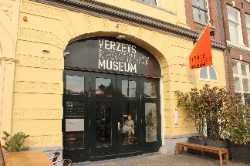 Resistance Museum
Amsterdam
Resistance Museum
Amsterdam
 Hermitage Amsterdam
Amsterdam
Hermitage Amsterdam
Amsterdam
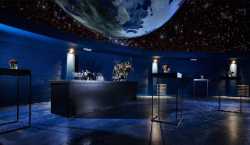 Artis Planetarium
Amsterdam
Artis Planetarium
Amsterdam